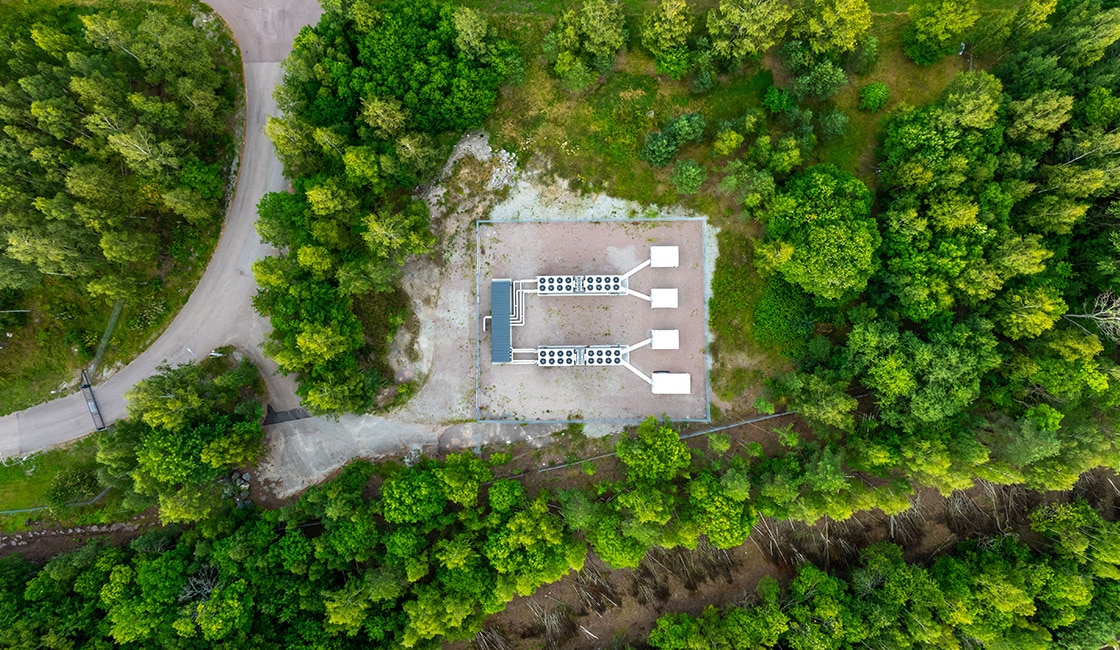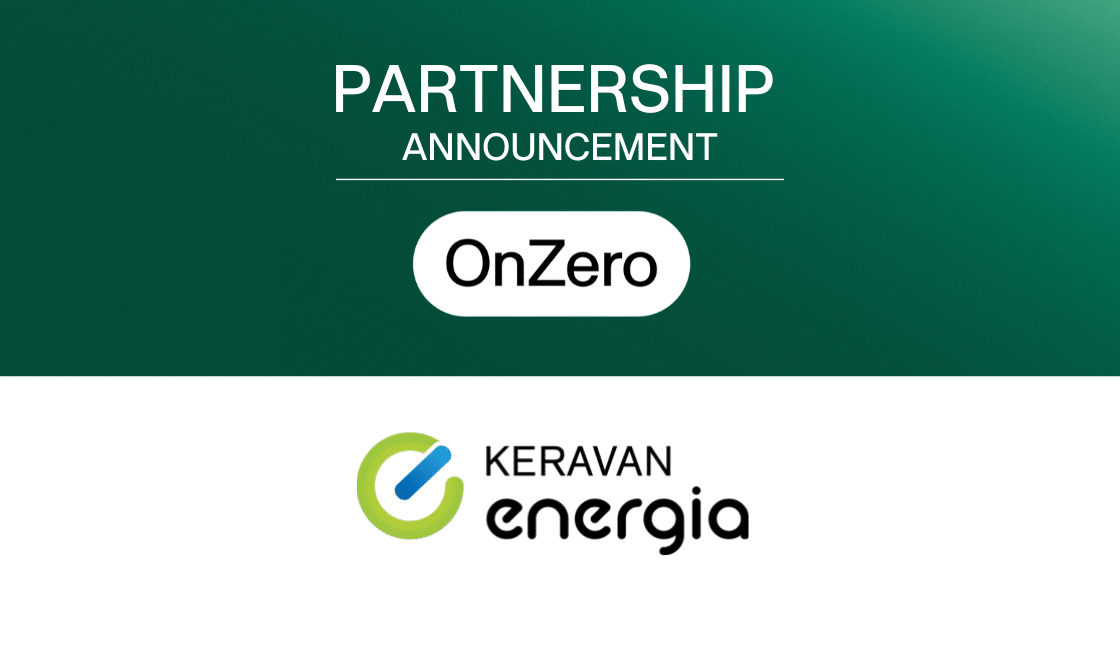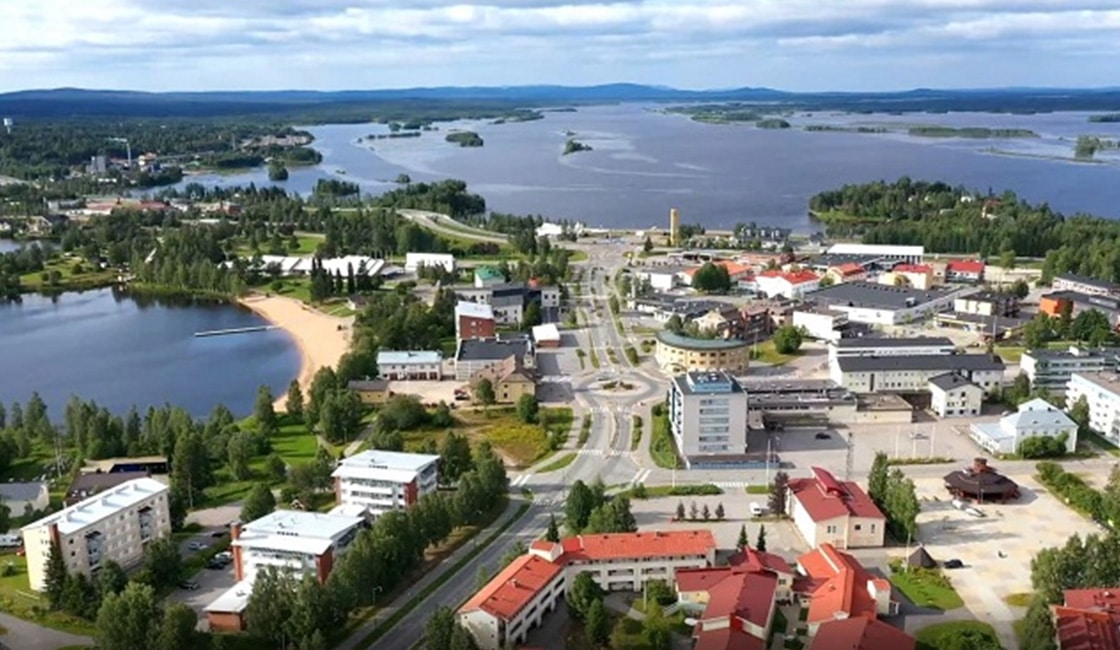By 2018, Vlado and Alex were fed up with the wasteful practices they witnessed in traditional data centers. Years of consulting for various types of facilities, from co-location to hyperscale, had shown them just how much energy was being squandered.
Determined to find a more efficient way to capture waste heat from high-performance computing, they embarked on a new venture to build their own data center, which they initially called Blockbase.
Using crypto-mining as a means to an end, as mining chips endure really high temperatures and are instantly responsive, Vlado and Alex, with the help of German engineers, set ambitious standards for their future data center.
Before any designs were drawn, they outlined the must-have characteristics of a data center:
Liquid Cooling – Air cooled servers will not be good enough anymore.
Recyclability – Heat that is dispensed must be captured.
Full Control – Servers shall be instantly responsive to grid frequency imbalances.
As by then liquid cooling was only an emerging technology within the industry both founders invested heavily into researching the pros and potential cons of using water to cool the servers.
Questions around environmental issues, potential damages due to leakages and energy storage in water had to be answered. Gladfully, Alex and Vlado found the perfect answers.
But not only cooling and capturing all the emitted waste heat was the founders endeavours. Also electricity load management was high up their agenda. Previously, Vlado and Alex invented their own software for a publicly listed hyperscale data center to control electricity usage in their location. And that for a single purpose: to engage on grid balancing markets and essentially help prevent blackouts.
After answering all critical questions Alex and Vlado went all-in, backed by an international investor, they designed their first data center, the Digital Heat Plant – version 1.
6 years later the Digital Heat Plant (DHP) helps to decarbonise the heating industry by generating CO2-neutral waste heat through capturing nearly 99% of emitted waste heat that is produced during HPC activities. Furthermore, the Digital Heat Plant is capable of engaging in several grid balancing markets to prevent blackouts and accelerate the energy transition.
While further developing newer generations of the DHP, Vlado, Alex and the team are exploring the implementation of new data processing applications still On a mission to Zero Emission.


